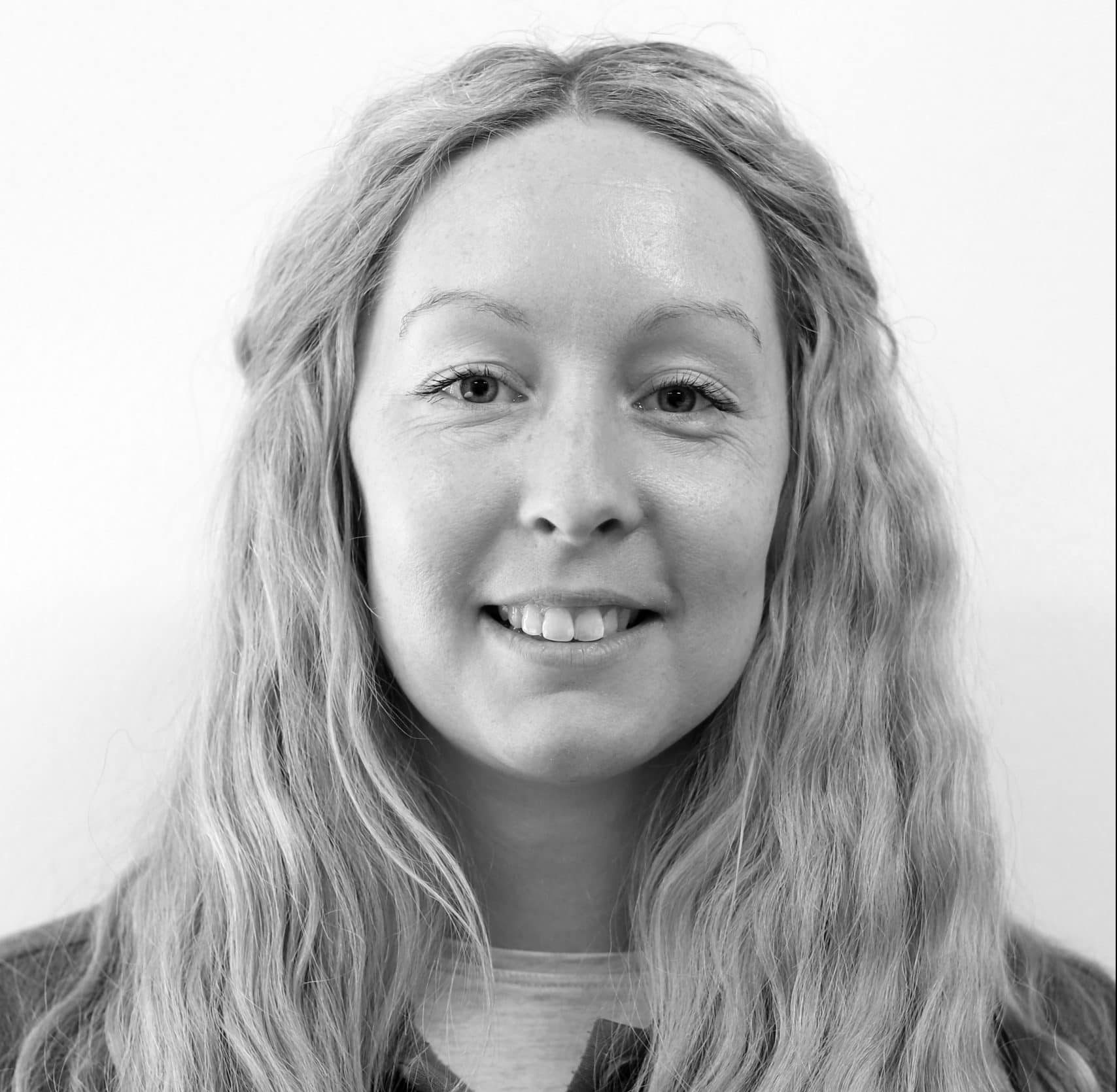Radbourne, nestled in the heart of the Derbyshire countryside, has long been a place of intrigue and fascination, with its rich heritage and picturesque landscapes. As the sun rises over the wheat fields and delicate mist weaves its way through the trees, we delve into the intertwining narratives of this charming village. Join us on this journey as we uncover the hidden stories and explore the harmonious relationship between our consultancy and the captivating allure of Radbourne’s autumnal scenery.
Our office, a former dairy farm is located within the small village just west of Derby, within part of the wider Radbourne Estate. A Manorial Estate has been present at Radbourne since at least the Norman Conquest. William I granted Radbourne to Henry de Ferrers in the 11th century, one of the royal commissioners in charge of the 1086 Domesday Book. Radbourne is recorded in the Domesday Book as Radburne, and it is likely Radbourne had its origins prior to this, the name being of Old English origin meaning ‘reed-stream’ or ‘red-stream’, possibly referring to the small waterway which still passes through the village.
Radbourne Hall is one of the few estates in the UK which has passed continuously through inheritance or marriage since the conquest. The estate came under the ownership of the Chandos family and later the home of Sir John Chandos, a close friend of Edward the Back Prince in the 14th century. After his death in 1369, the estate passed to his niece who married into the Pole family, with the estate being under the ownership of the Chandos-Pole family to the present day.
Radbourne has been the subject of recent archaeological excavations aiming to identify the located of a former Radbourne Hall. It is thought this was located close to the current St Andrews Church. Radbourne may have originally been a larger village than its current extent, with evidence of medieval village remains also possible in the same vicinity. The current Grade I Radbourne Hall was built further to the south in the 18th century, in a Georgian style.
Our offices occupy the former outbuildings of Silverhill Farm, once one of the tenant farms of the estate, dating from the late 18th – early 19th century. The estate was heavily dominated by dairy farms, the majority of which have fallen away leading to an update in rural diversification – including the likes of rural offices.
Radbourne has always been an estate that benefits from light management. Whilst some dairy farms still remain there is local livery in the village – providing facilities for horse grazing and a great deal of sheep and beef cattle grazing. It is unusual in its character that the field sizes have remained small with a lot of hedgerows intact, and ponds have remained – as opposed to the inferences of the development of larger farm machinery and what that does in other parts if the country for the rural landscape. In turn, the area is popular with local enthusiasts’ groups including birders, archaeologists, walkers, horse riders and there is even a local toad patrol that takes place on the lanes around us.
The red brick farms, houses and barns stand proud within a traditional countryside setting with the beautiful backdrop of Radbourne Hall and the village church.

We’re very pleased to welcome Marc to our expanding Landscape Architecture team here at Brindle & Green.

We are excited to announce Brindle & Green’s latest step forward — the expansion of our services into Flood Risk and Drainage. Welcoming two new members of staff.

You may have seen earlier in the year that B&G now has Bee & G – our own honey brand. To bolt onto that, we organised for the entire company to attend bee keeping workshops to learn all about it!